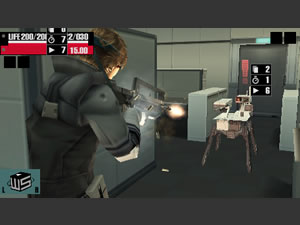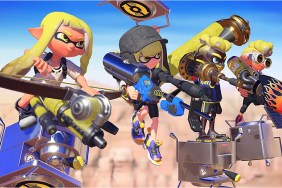Ride the snake!
At a recent Konami Gamer’s Day, the GR staff broke out the snake-hooks and antivenin for a close encounter with Hideo Kojima’s latest hatchling, Metal Gear Acid for the Sony PSP. While it plays differently from its console counterparts – Acid is a turn-based strategy game rather than a stealth-action game – its look and feel is very Metal Gear and…











